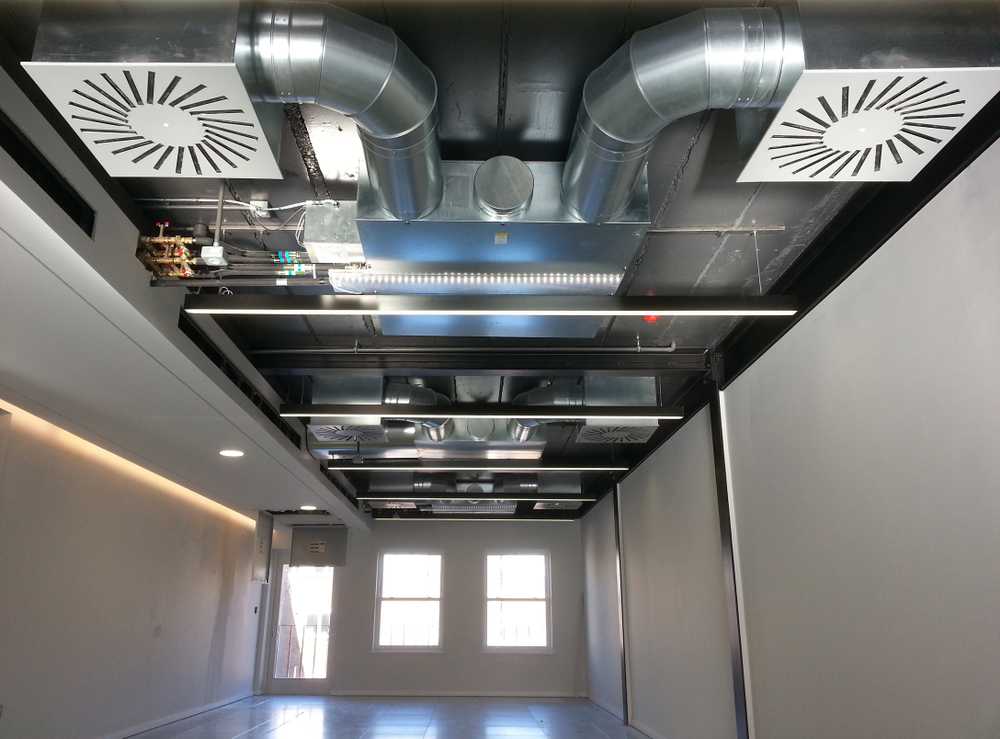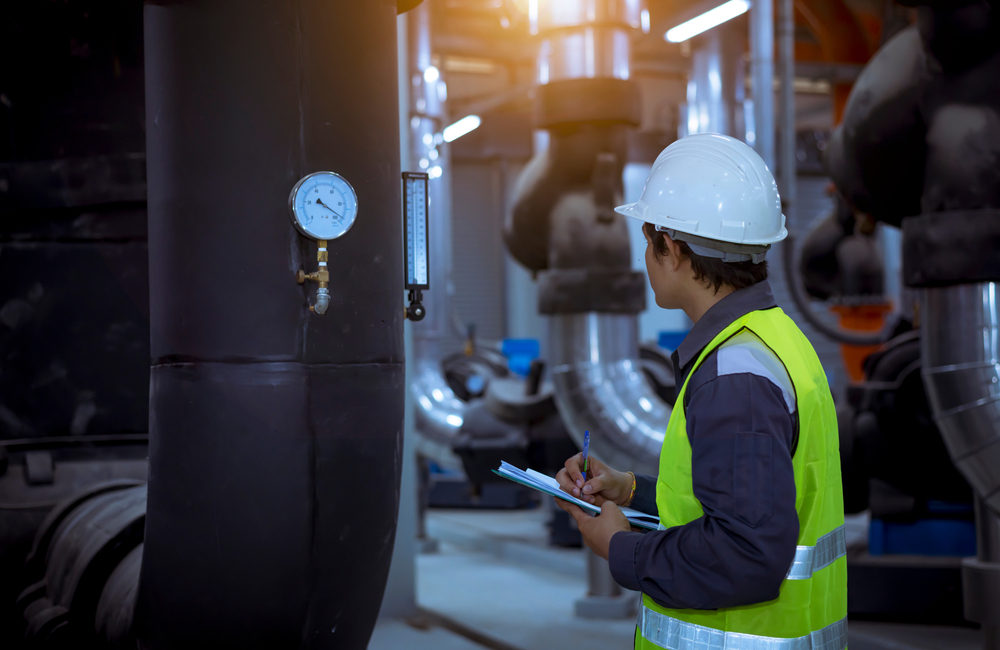While metal buildings are very durable and can last decades depending on their use, these steel structures can still suffer excessive moisture that can cause damage. Weather-related leaks from the outside and condensation leaks from the interior are the two most common leaks in steel structures.
Understanding condensation
When there is more moisture in the air than the air can hold, condensation develops.
Warm air can store more moisture than cold air, but as it cools, it becomes saturated, forming water droplets.
Warm damp air collides with the metal building’s cooler roof-line or walls, causing ceiling drips and surface moisture.
Condensation is frequently caused by high interior humidity. The most common sources are your heating and air conditioning system, how you use your building, faulty construction techniques, human respiration, or oil or gas-fired heaters.
All of these items emit moisture, which might result in condensation.
Preventing condensation in metal buildings

- Make sure you’re properly insulated.
Condensation is reduced by using insulation to regulate the temperature within a metal construction.
It reduces the quantity of dew collected on surfaces overnight by stabilizing the interior temperature between day and night.
It also keeps heated, moisture-laden air from reaching the building’s metal surfaces on the inside.
Continuous insulation is required for successful insulation. Water vapor will collect between the panels and permeate into the insulation if it is solely installed between metal studs.
- Make sure the interior is well ventilated.
Moisture can enter your metal building for a variety of causes, increasing humidity levels.
Livestock, for example, emits a lot of moisture in agricultural structures as they breathe, sweat, and excrete.
Humidity is also increased by gas and oil-based heaters.
As a result, encouraging airflow between the interior and exterior is critical for keeping things dry.
- Vapor Barriers should be installed.
Vapor barriers will also help prevent condensation on your metal structure.
This barrier prevents moisture from entering the building from the outside.
Moisture is kept to a minimum by sealing the building envelope. That cannot be overstated.
Many vapor barriers are also designed to act as radiant heat barriers, addressing both the temperature and humidity differences.
To keep moisture out, windows, doors, foundation sills, and side/end laps must be thoroughly sealed.
- Prevent water from seeping through the cracks in the foundation.
Gravel, crushed rock, or other drainage materials under the concrete slab can assist prevent condensation around the structure’s base in areas where moisture can seep up from the ground.
The roof drainage and other water sources should also be drained and channeled away from the foundation.
A vapor retarder can also be used between a subfloor and the ground slab.
Metal structures are prone to sweating, which can lead to more issues such as rust and erosion. Condensation, on the other hand, can be avoided if you follow the methods outlined above.
It can be avoided by properly insulating, ventilating, and sealing your metal construction.
Wondering if a metal building is worth it? Contact us at Lion Buildings, and see it for yourself!

